Galle is in the southwestern point of Sri Lanka, It’s one of the integral cities of Sri Lanka. Galle has a colourful beauty and history which make you speechless. The city is filled with “Dutch-colonial” buildings, the heavenly piece of arts and tropical settings which envy the man-made resorts and architects. Galle’s history is a wonder in its own way.
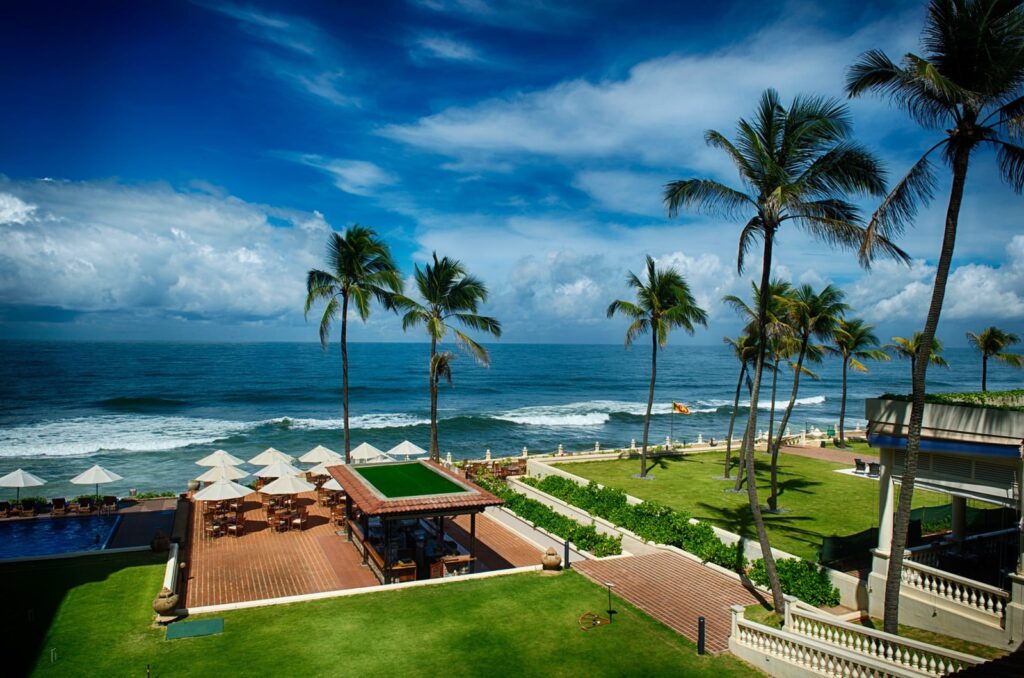
The” Galle Fort” and “Unawatuna” are the two main tourist spots to visit in Galle. Galle has a great blend of cultural sites and beach destinations. Galle city is bordered by impenetrable fortifications, you can walk along with them and enjoy the scenic view of the blue ocean, old jail buildings between the fortifications and the crashing waves, also check out the Charming Galle lighthouse and the beautiful clock tower. While enjoying the impressive architecture of the ramparts.
Unawatuna is the beach town in Galle, has beautiful waves for surfing, which is perfect for some fun in the ocean. Unawatuna is an ideal beach destination for family holidays. It’s one of the “kid-friendly” and sociable beaches on the island. There are so many restaurants and relaxing spots along the beachside. Have a dip in the ocean, enjoy the walk along the shore, eat some seafood, drink some king coconuts and simply relax.
Sinharaja Rain Forest is a biodiversity hotspot and a national park in Sri Lanka. It is of international significance and has been preferred as a world heritage site and a Biosphere Reserve by UNESCO. Over 130 varieties of birds and species are found here including 33 endemic species to Sri Lanka. They’re also rich myriads of insects’ species and reptile population, many yet to be classified. Mammals displays here including the “giant squirrel” and the “purple-faced langur monkey”.
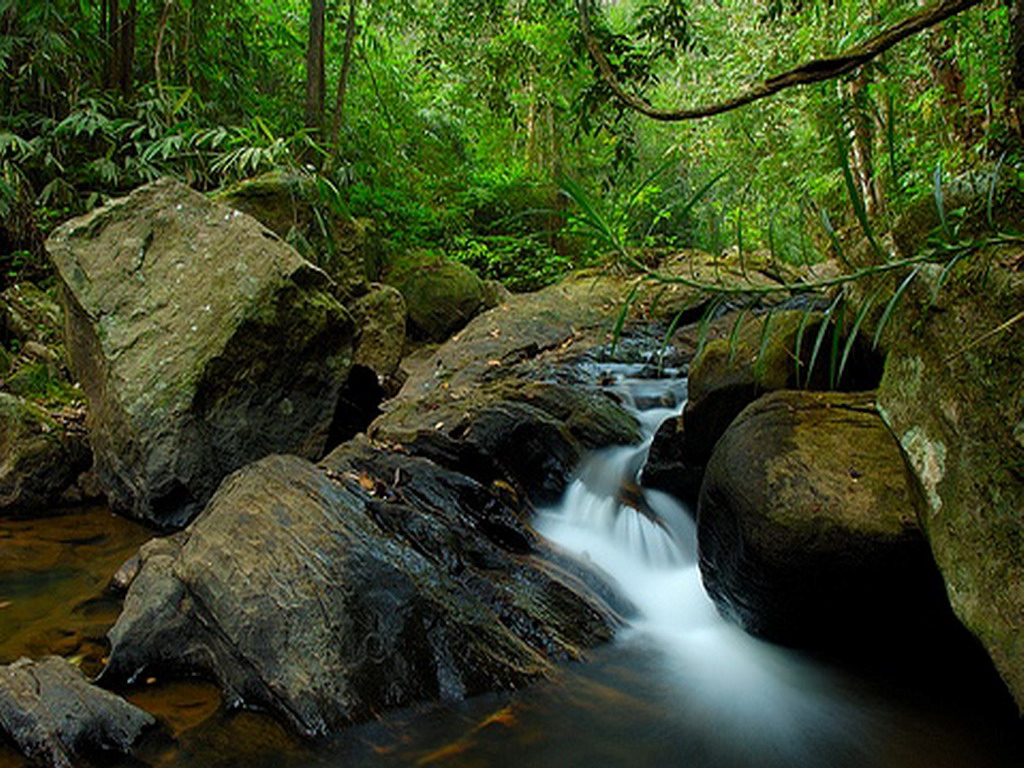
Sinharaja is a home for the indefinable leopard. It is nicer to explore Sinharaja on foot, which gives you the truly amazing forest experience. The best starting point for visits is Kudawa to the North or Deniyaya Mederipitiya to the East. Sinharaja Forest is approximately 4 hours drive from Colombo. You can also Visit Sinharaja forest with a private day trip from Colombo. By private air-conditioned vehicle, and explore the trails independently to spot lizards, birds, butterflies, and more. Afterwards, pack in more naturally with a bird-watching trek outside the forest before returning. You can have your lunch once you come out of the jungle or ask your driver to arrange a picnic meal so you can enjoy the meals during the visit while enjoying the nature view.
The Forest is a maximum of 7 km from north to south and only 21 km from east to west, but it is a treasure of many unique endemic species including insects, trees, reptiles, amphibians, birds and mammals. Purple-faced langur is the biggest mammal in the forest. We can see the birds moving in a mixed feeding flock. The 20 rainforest species all befall here, Including Green-billed coucal, red-faced malkoha and Sri Lanka blue magpie. There are a huge variety of amphibians, especially tree frogs, Invertebrates include the endemic butterflies, leeches and common bird wings.
An Enduring legacy of the nation’s majestic past, and currently an oceanic inheritance, the well-known Jaffna Dutch Fort, was the provocation of the Portuguese who built it in 1618. And It was re-structured by Dutch colonizers who attained the Fort in 1680. The old structure, designed similar to a pentagon, is a mark of Dutch-style architecture. The five mainstays were termed, after provinces of the Netherlands-Holland, Zeeland, Gelderland, Friesland and Utrecht.
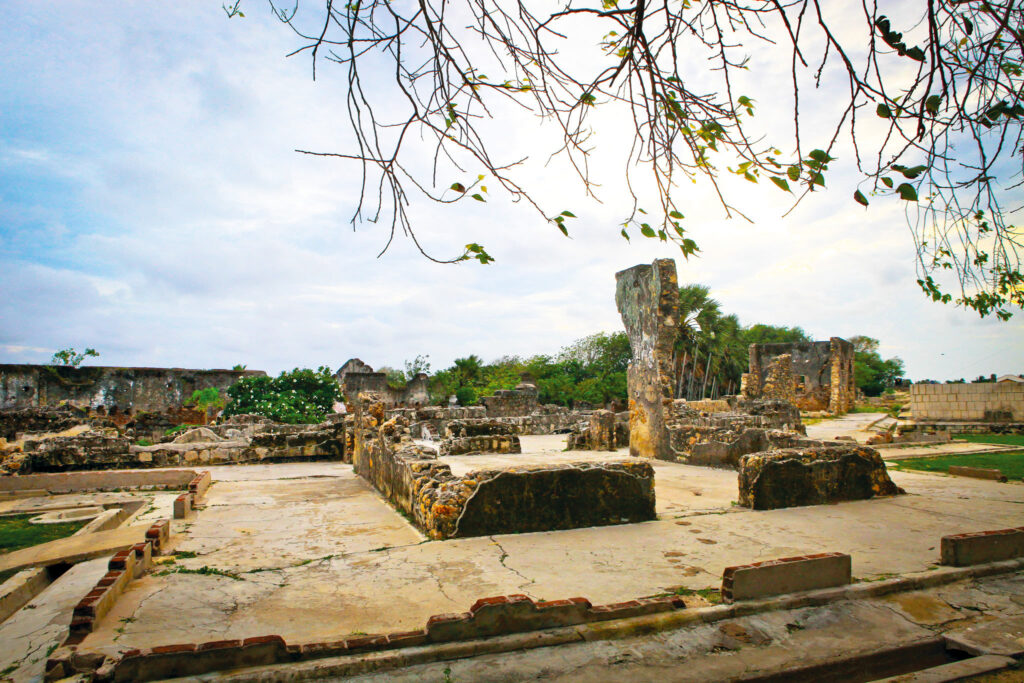
The interior work of the Jaffna Fort has, with the period, seen buildings such as the military barracks, Dutch Lieutenant Governor’s residence, powder magazines, a Dutch Reformed Church, warehouses, guardrooms, a jail, police quarters and courthouse become mere stone fragments. Yet, the black coral and limestone outer structure still ruin solid. The great rampart overseeing the tunnel system and the ocean are evidence to the talent and readiness to downfall any weapons from outside. The Dutch badge is still noticeable at the entry of the Fort. Inside, there is an amazing contract to sightsee amid the ruined structures, the tower of perchance the Dutch Reformed Church stand-up alone within the fragments of the olden.
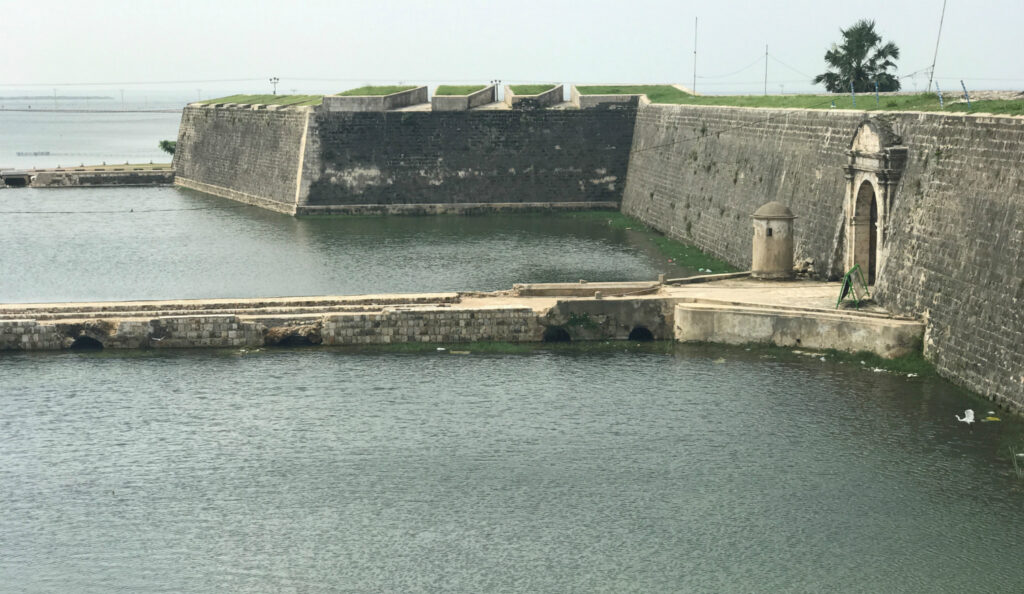
The many battlements, such as the dry ditch, ravelling and the moat are typical fort barricades. The drain in the outer bastion is a sequence of five channels, which have been preserved. Astride along the rampart and in the lands is a truly thrilling experience and of course, gives enough time to sightsee and realize the design as well as firmness of the Fort. It is quite dreamy to witness the sunset from the rampart.

Viharamahadevi Park also known as Victoria Park is a large public park sited in Colombo, next to the Sri Lanka National Museum. It is the oldest public park in the Port city of Colombo. Sited in front of the colonial-period building of Town Hall. The park is entitled after the honorable Queen Viharamahadevi and now it’s fondly called “garden city of the east.”
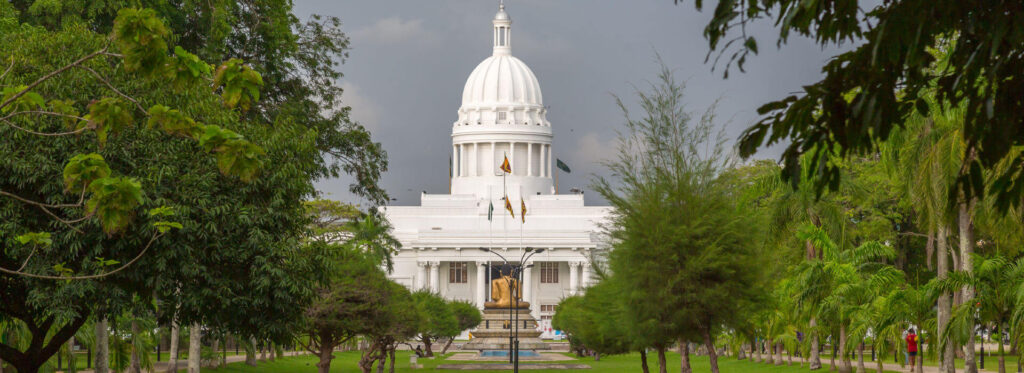
Viharamahadevi Park has a huge Buddha statue, a mini zoo, and a play area for children and a series of Water fountains. You can see the Muscovy ducks swim in the lake at the park. The park is sited near to the Colombo Public Library and Cenotaph War Memorial building, Colombo. This is the only large public park in the capital city, Colombo that is managed by the Colombo Municipal Council.
The plethora attractions of the place make it as one of the popular stopovers for the Sri Lankans. The park holds high historical value to its praise as a place of numerous significant historical events. The trimmed lawn and cemented trails under the covering of palm woods is the best destination to go for a refreshing morning walk.
Shri Ponnambalawaneswaram Kovil Hindu temple of Sri Lanka is the peerless instance of ancient Dravidian construction. Giving your visit to this momentous Hindu temple is one of the top things to do in Colombo, whenever you visit Colombo as Shri Ponnambalawaneswaram kovil is one only a few solid stonework temples that still present in Sri Lanka.
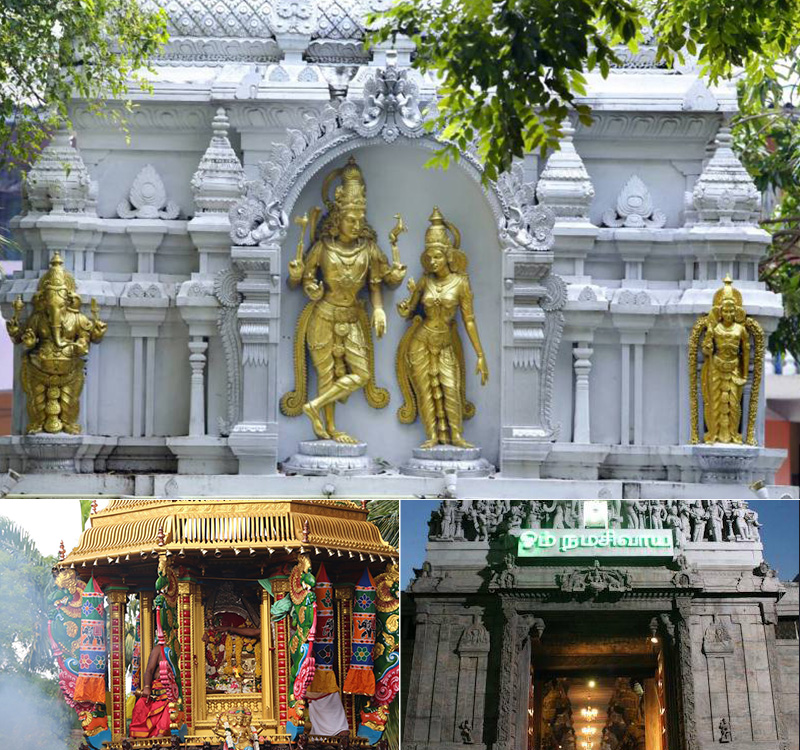
Shri Ponnambalawaneswaram Kovil located just a few steps away from the St. Anthony’s Church. You can easily spot it because of its majestic white walls and the divine sound of the brass bell piercing the air. The inside of the kovil is illuminated by the flickering little oil lamps called deepams and the light filtering inside through the roof. There are little bells at the foot of the entrance doors of the kovil, do ring those bells before you leave the kovil as it believes that doing so brings you good luck.
The temple is gathered by uncountable pilgrims during Hindu festival seasons like Pongal and Maha Shivaratri. Devotees offer their hearty prayers to their adored gods. The gorgeous structure of the temple is made of stone. Lord Shiva is the ruling deity of the temple but the idols of Lord Hanuman, Lord Suryan, Lord Vishnu, Lord Goddess Amman and other gods idols also rested in the shrine.
Dambulla Cave Temple can be reached by moving from Kandy alongside the A9 highway road which goes up over Dambulla and Anuradhapura, or straight from Colombo. Sited at 1118 feet height from the sea level, the Dambulla upsurges as a giant rock from the neighbouring grasslands of Dambulla. It is home to the World’s greatest much-admired Cave composite of magnificent Buddha Imageries and Rock Oil paintings of bright colours and figures created and dyed from around the 2nd Century BC and persistent up to the Kandyan era of the 18th Century, therefore founding a continuous line of history and painting styles of Sri Lanka through 2500 years.

Visit the main and best-preserved cave temple compound in the country, the Golden Temple of Dambulla, a UNESCO World Heritage Place. This splendid hanging rock temple lofty 600 ft tall and near to 2000 ft in extent was where King Vattagamini Abaya acquired shelter from the foreign attack in the first century BCE, who out of thankfulness for having provided refuge revolved the cave compound into a rock temple. Stroll up the grade of the Dambulla Rock; be received by crowds of wild monkeys as they sit behind the fenced wall and talk loudly, be enthralled by the picturesque view of the surrounding areas and sight of the Sigiriya Rock – as it growths up to the sky.
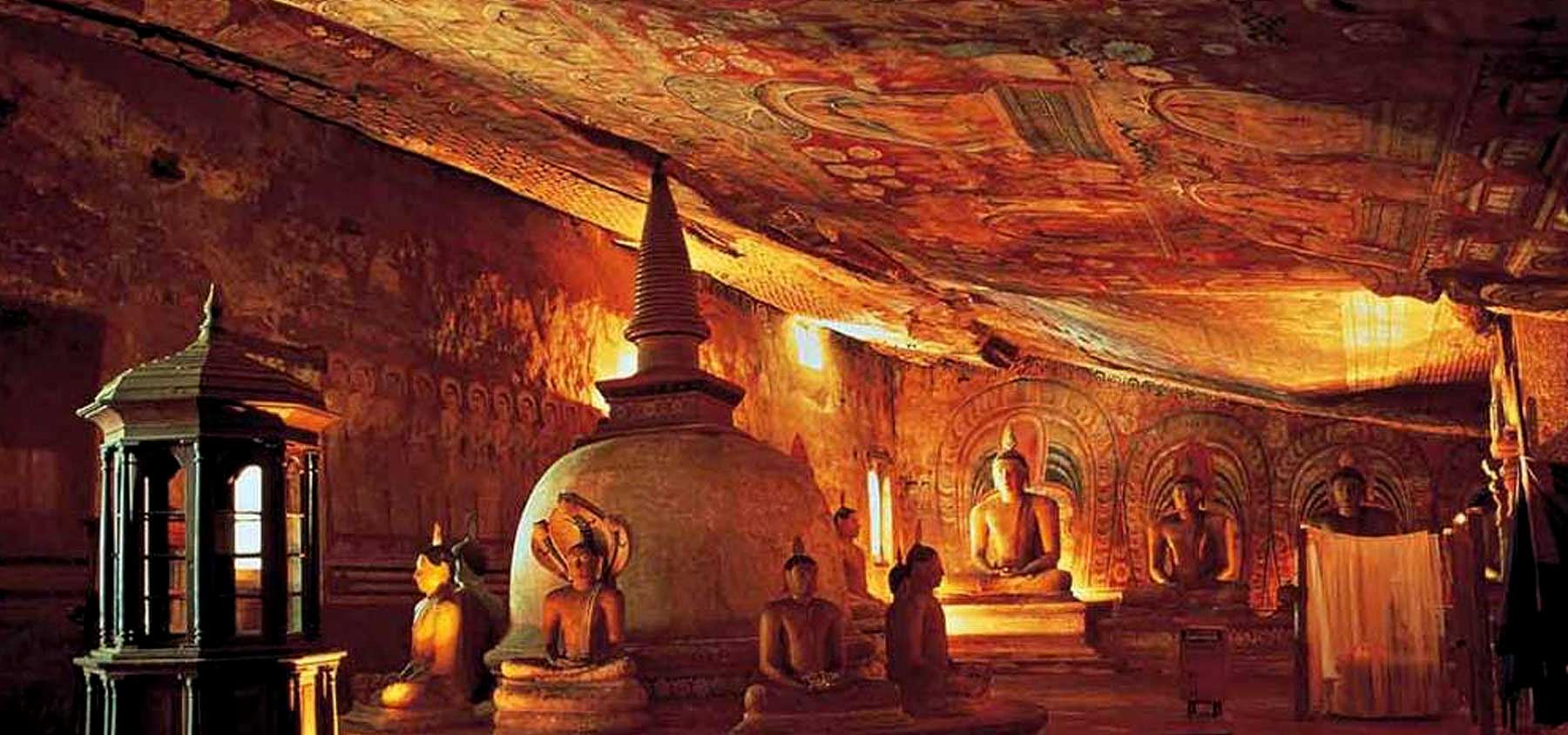
There are 80 acknowledged Caves in the locality of the Golden Temple of which five own the greatest appeal with its beautiful archaeological structures; traditional mural paintings on the roof and walls portraying the life of the Buddha along with 157 Buddha figures of variable sizes amid other exciting artefacts.
The Nelum Pokuna Mahinda Rajapaksa Theatre also known as Nelum Pokuna Theatre is a performing arts centre in Colombo city. It was officially opened to the public on 15th December 2011. The Design of Nelum Pokuna theatre is inspired by the 12th-century lotus pond (Nelum Pokuna) in Polonnaruwa district which was built by King Parakramabahu the Great. The Lotus Pond in Polonnaruwa districts shaped like a stylised eight-petalled lotus flower.
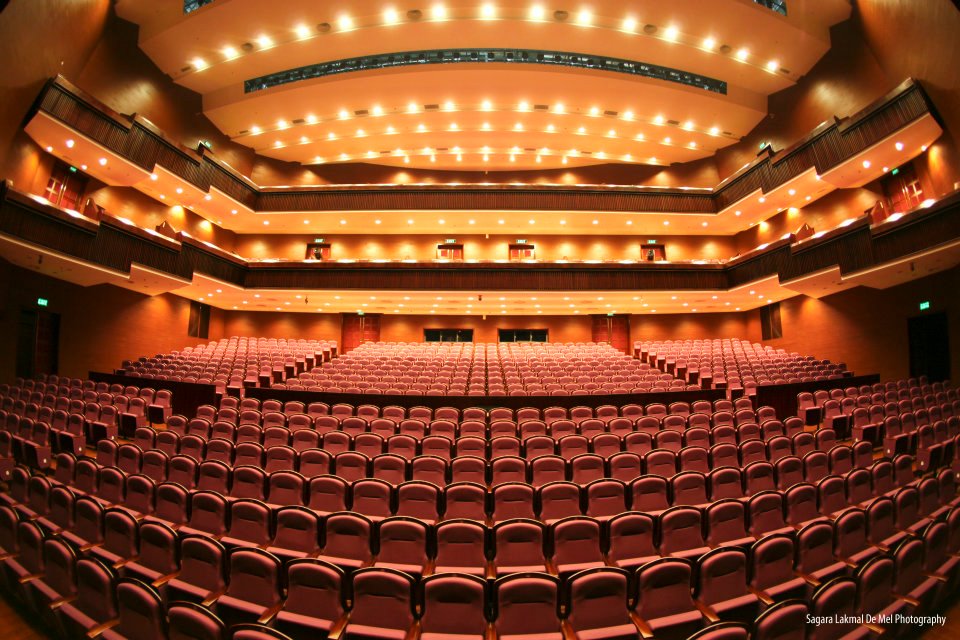
It cost approximately 3080 million in LKR to complete the construction of Nelum Pokuna Theatre in LKR 2430 million was provided by the Government of the People’s Republic of China. Nelum Pokuna spreads over 14,000 square metres area in the floor. The inside of the Nelum Pokuna Theatre is well furnished with stylish and modern facilities like a library, an auditorium with 1000+ seating facilities and training facilities.
The theatre features two permanent auditorium – the main auditorium and the open-air theatre. The 690-square-metre moving stage in the auditorium has the ability to raise up from stage level and lower down the orchestra pit as well. In Nelum Pokuna theatre there is a facility to park 500 vehicles. Also, there are facilities to conduct research and educational activities at the Nelum Pokuna Theatre. Altogether Nelum Pokuna theatre is performing arts centre for Sri Lankans to conduct big Music events, Concerts, Theatrical events, Dance programs, and International Conferences.
The incredibly beautiful Colombo Lotus Tower finally opened to the public on 16th September 2019 under the patronage of President Maithripala Sirisena. The tower construction project was commenced in 2012 during the period of former President Mahinda Rajapaksa. The Government of Sri Lanka decided to shift the location to the waterfront of the Beira Lake and the construction started on 20th January 2012. The 356 m high Colombo Lotus Tower is the tallest freestanding tower in South Asia. It also got the 11th position among the tallest towers in Asia and the 19th position in the entire world.
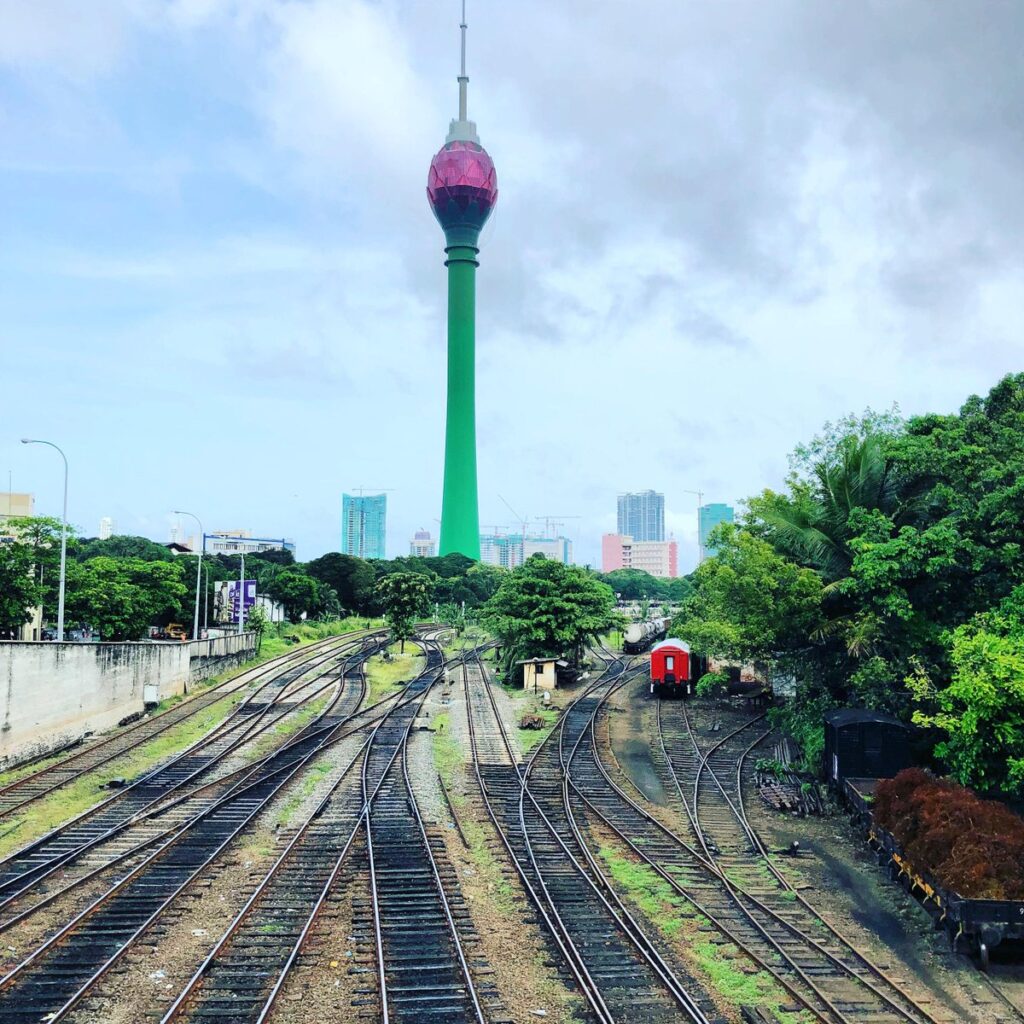
Lotus Tower signifies purity in Sri Lankan culture also it symbolizes the island’s booming developments. The bottom of the tower is inspired by the throne of lotus flower and created by two upturned trapezoidal. The lotus tower’s colour is designed to fluctuate between pink and light yellow by smooth transition effect of the petals accomplished with the coating glass and the LED lights of changeable colours, also the trunk of the tower is illuminated using floodlights, during festivities.
The Lotus tower podium comprises of 6 floors. The first floor of the tower accommodates a telecommunication museum and two exhibition halls for the faculty. The 2nd floor is utilized for numerous conference halls with seating for more than 500 people. Restaurants, food courts, shopping malls and supermarkets are located on the 3rd floor. There is 1000-seat auditorium located on the 4th floor, where the 5th floor contains luxury hotel rooms and huge ballrooms. The 7th floor of the tower hosts an observation deck. This enchanting majestic tower will act as a transmission tower for radio and TV broadcasting. The multifunctional tower is one of the significant attractions in Sri Lanka and an epitome of the Sri Lankan culture, wealth and developments.
Independence Memorial Hall is situated in the Independence square, it’s a national monument of Sri Lanka. This memorial hall was built in remembrance of the independence of Sri Lanka from the British rule. The Independence Memorial Hall was built at the site where the official ceremony that marking the beginning of self-rule in Sri Lanka was took place, with the inaugural of the first parliament by Prince Henry, Duke of Gloucester happened at a special stage on February 4, 1948.
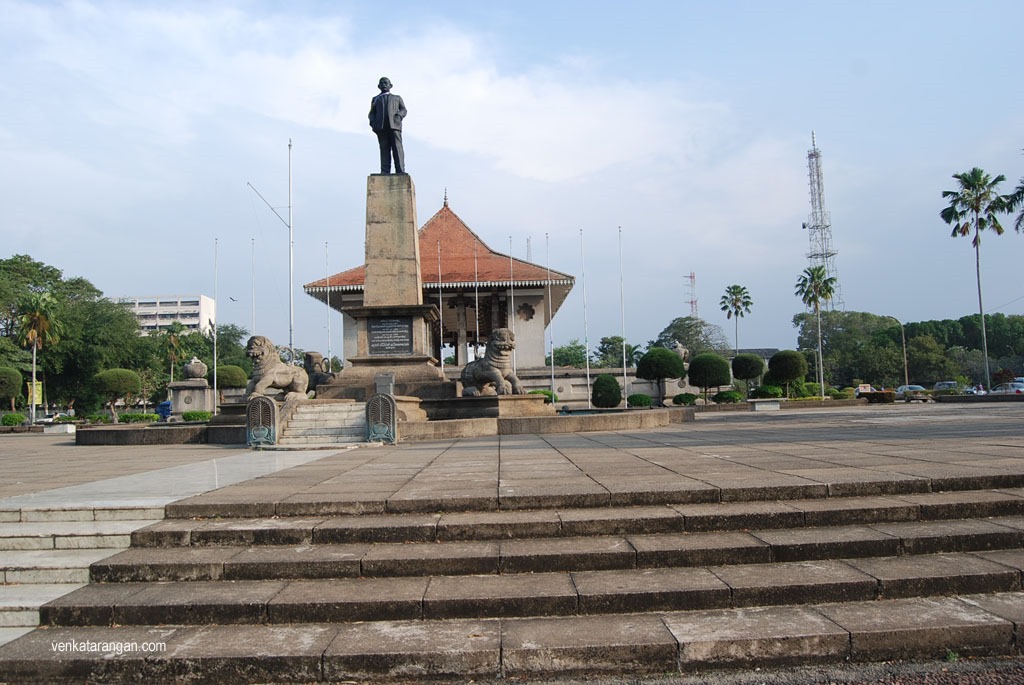
The first prime minister of independent Sri Lanka Rt. Hon. Don Stephen Senanayake’s statue is placed at the head of the monument. Most of the National Independence Day celebrations have been held here. The architecture of the building designed by eight prominent architects headed by Tom Neville Wynne-Jones CBE. The design of the building is inspired by the Magul Maduwa (Celebration Hall) of the Kingdom of Kandy the last self-rule native kingdom of the country.
The exterior design of the Independence Memorial Hall is decked with plenty of “Punkalasas,” pots, which indicate wealth and prosperity of the country. There are 60 pillars supported the interior design of the hall which are decorated with famous Embekke wood carvings of the 14th century Gampola kingdom. Independence Memorial Hall is a symbol of Sri Lanka’s long and impressive history.
Sri Lanka National Museum also is known as the National Museum of Colombo is one of the main two museums in Colombo city and it’s the largest museum in the country. Department of National Museum of Sri Lanka has the maintenance authority of the museum. The museum holds collections of valuable and much significance properties of Sri Lanka such as the crown and throne of the Kandyan rulers, the ceremonial objects of the country and many other historical exhibits that tell the story of ancient Sri Lanka.

The National Museum of Colombo was built on 1st January 1877. Sir William Henry Gregory the British Governor of Sri Lanka at the time was the founder of the museum. The museum structure is inspired by Italian Architectural method. The museum was given the name status as the national museum of the country in the ruling period of Prime Minister P. E. P. Deraniyagala. He also opened new branch museums in Kandy. Jaffna and Ratnapura.
The National Museum of Colombo is contained in two floors of an attractively picturesque building. The exhibitions on the ground floor are organized chronologically and on the second floor, it is arranged thematically. The Museum is open for the whole week (seven days) but closed on public holidays such as Full Moon Poya day, Thai Pongal, Sinhala & Tamil New Year, Christmas and Ramazan.